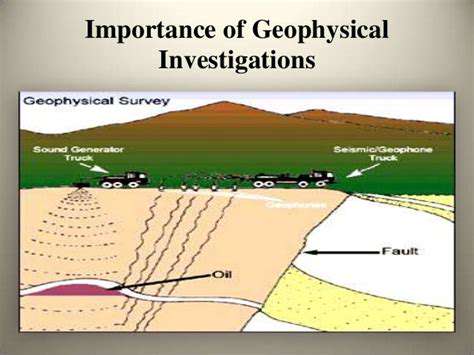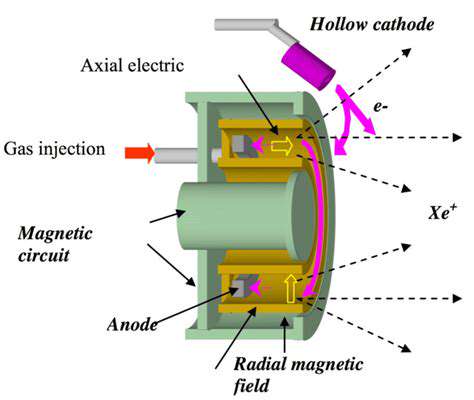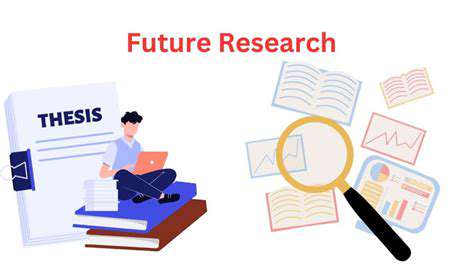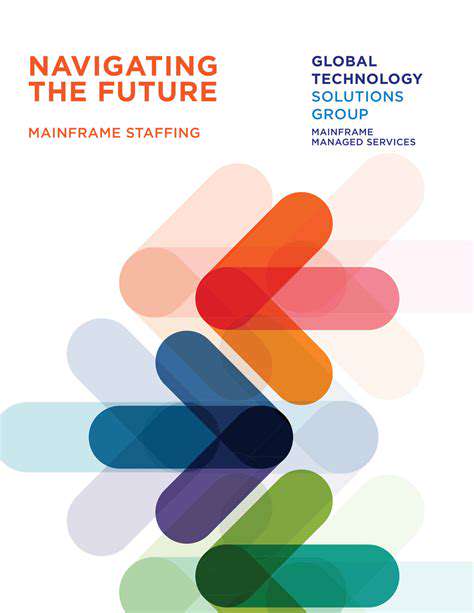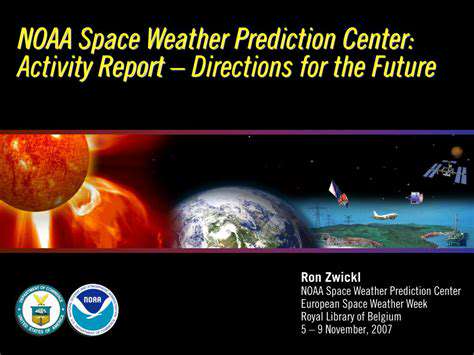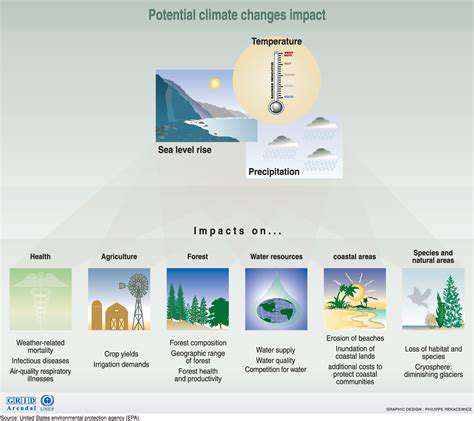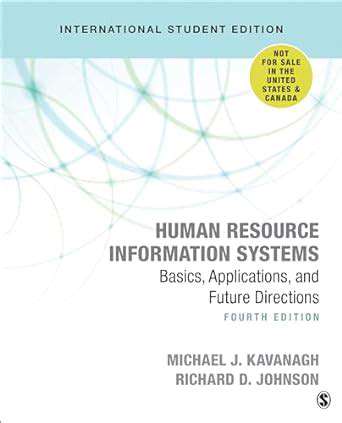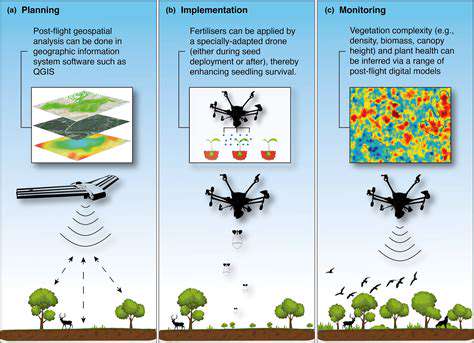Addressing Environmental Sustainability in the Aviation Curriculum
Integrating Environmental Principles
Tomorrow's aviators need grounding in ecological systems thinking. Curriculum should map how contrails affect atmospheric chemistry or how airport runoff impacts local watersheds. When students see aviation as part of Earth's systems, they design smarter solutions. Use flight simulators to demonstrate how operational choices affect fuel burn and emissions.
Promoting Sustainable Practices
Move beyond theory with lab sessions testing biofuel blends in model turbines. Analyze real airline data on winglet retrofit ROI. Hands-on experience with sustainable tech makes abstract concepts tangible. Invite maintenance chiefs to discuss challenges implementing green initiatives within budget constraints.
Analyzing Environmental Regulations
Turn ICAO documents into case studies—have student teams role-play negotiations between regulators and airlines. Understanding the why behind emission rules fosters compliance over resentment. Compare how different nations implement carbon pricing to prepare students for global operations.
Developing Sustainable Aviation Technologies
Capstone projects could prototype noise-reducing flap designs using 3D printers. Partner with local airports to test UAV-based wildlife monitoring that reduces bird strikes. The best learning happens when classroom meets tarmac. Showcase student innovations at industry conferences to bridge academia and industry.
Examining the Socioeconomic Impact
Debate topics like: Should rural airports bear the same environmental costs as hubs? How might automation affect green jobs? Aviation doesn't operate in a vacuum—students must consider broader consequences. Invite economists to discuss how sustainability investments pay long-term dividends.
Case Studies and Real-World Applications
Analyze how specific airlines achieved 20% fuel savings through optimized descent paths. Tour maintenance facilities converting ground vehicles to electric. Concrete examples prove sustainability isn't theoretical—it's operational reality. Have students interview line pilots about daily sustainability decisions.
Investing in Education and Development: Fostering Lifelong Learning

Investing in Foundational Skills
Modern education must prioritize adaptable competencies over rote memorization. The ability to analyze flight data, communicate clearly with ATC, and troubleshoot mid-flight defines successful aviators. Scenario-based training bridges the gap between textbook knowledge and real-world application. These core skills remain relevant as technologies evolve.
Promoting Lifelong Learning
Aviation professionals can't rely on initial certifications. Create alumni portals with micro-courses on emerging tech like hydrogen propulsion. Learning ecosystems that grow with careers prevent skill obsolescence. Partner with OEMs to offer lunch and learn sessions on new aircraft systems.
Addressing Equity and Access
Scholarships targeting women in aviation mechanics or veterans transitioning to commercial pilots make meaningful impact. Financial barriers shouldn't ground capable talent. Develop mobile training units to reach rural communities, bringing simulators to where potential exists but infrastructure doesn't.
Fostering Critical Thinking and Innovation
Replace multiple-choice exams with open-ended scenarios—how would you divert a flight during unexpected volcanic activity? Aviation thrives when crews can think beyond checklists. Host hackathons where students redesign boarding processes to improve efficiency and accessibility.
Supporting Teacher Development
Instructors need recurrent training too. Sponsor CFIs to attend advanced aerodynamics seminars. When educators stay current, entire training programs elevate. Create mentorship pairings between veteran instructors and new teachers to preserve institutional knowledge.
Enhancing Digital Literacy
Tablet-based flight planning should be as fundamental as paper charts. Teach students to vet aviation weather apps for reliability. Digital natives still need guidance on professional tech use. Include cybersecurity modules—a hacked EFB could endanger flights.
